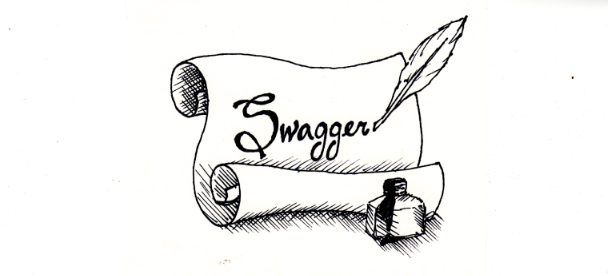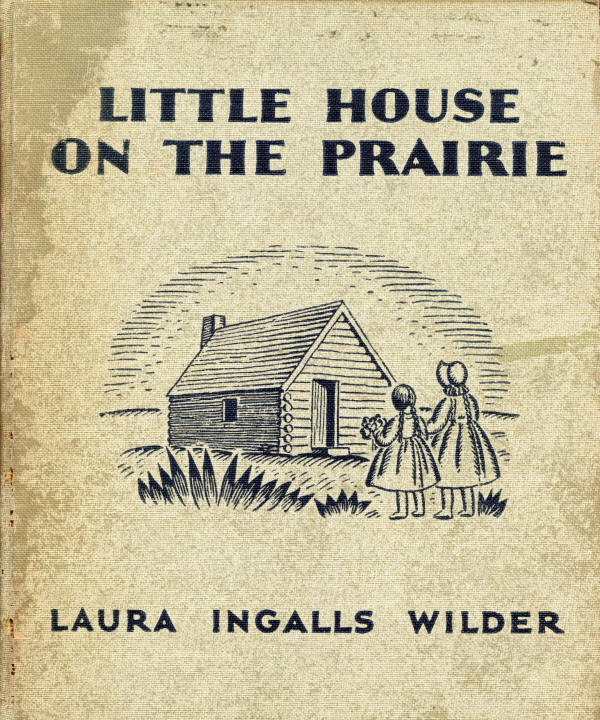Irene Latham awarded Swagger and four other blogs her variation of the Versatile Blog award she received. She dubbed it the Eclectic Blog Award. She says "eclectic" seems more "artsy", like it's "getting to the source of things."
Here are her rules:
- Thank the person who gave you this award. That’s common courtesy.
- Include a link to their blog. That’s also common courtesy.
- Next, select 5 blogs/bloggers that you’ve recently discovered or follow regularly.
- Nominate those 5 bloggers for the Eclectic Blogger Award — you might include a link to this site.
- Finally, tell the person who nominated you 5 things about yourself.
So thank you, Irene. We will play now. For our recently discovered or regularly followed eclectic blogs:
Juliet Bond picked The Debutante Ball. This six-year-old blog is run by a group of debut authors. A recent post by Molly Backes talks about the kinds of mementos she likes to keep, and how those things reveal a lot about her character.
Jon Egan and Kathy Cannon Wiechman both selected Rich Wallace's new family blog Active Happiness. It's a collaboration between Rich, his wife Sandra Neil Wallace, and his sister Lynda Wallace. It came into being after this threesome decided to publicly answer the questions they say they've been receiving for years about how they are all so happy despite: getting divorced, being a single parent or step-parent, losing loved ones, and leaving high profile jobs and living on less.
Regina Gort's eclectic blog pick is WIP because we are all works in progress. Rebecca Grabill is raising four kids and writing. She just finished her MBA at Hamline. Regina enjoys the motherhood stories she shares and the book reviews. She says Rebecca struggles just like the rest of us, but has a voice all her own.
Kim Van Sickler was turned on to Gypsy Ink by editor friend Kate Kyle Johnsen who referred her to this awesome post. Blogger Leanna Tankersley is married to a Navy Seal. She's an author, mother, and workshop and retreat provider. She's very reflective, no matter what the topic, and that gives Kim lots to chew on. (The fact that Kim's married to a (now retired) Army Ranger makes her feel a special kinship to this fellow military wife.)
Rich Wallace nominates Letters of Note as his eclectic blog choice. This ambitious blog publishes historical postcards, letters, faxes, telegrams, and memos like the heart-felt letter author James Baldwin wrote to his 14-year-old nephew decrying the progress made against prejudice in 1963.
Melissa Kline champions Indiepreneur Power, a blog that bills itself as providing "positivity, inspiration and know-how aimed at empowering you to thrive in your unique, authentic, and inspired livelihood." Recent blog post: How to Jump Off a Mountain!
To fulfill the last requirement, the Swaggers will reveal one interesting factoid about us:
Juliet Bond once danced naked in front of thousands of people in a college production of the musical "Hair".
Kathy Cannon Wiechman was once babysat by Rod Serling of "Twilight Zone" fame.
Jon Egan is alive today despite dying for more than five minutes when he was a teenager.
Regina Gort collects vintage cookbooks. Her favorite is "The Husband Holder" and includes a recipe for meat cups.
Kim Van Sickler used to sing with the Cleveland Orchestra Children's Chorus.
Rich Wallace is the reigning New England 200-meter track and field champion for 50+-year-old athletes.
Melissa Kline is a miniaturist who uses her modeling skill to create tiny replicas of the people and settings she writes about.
Rich Wallace is the reigning New England 200-meter track and field champion for 50+-year-old athletes.
Melissa Kline is a miniaturist who uses her modeling skill to create tiny replicas of the people and settings she writes about.


.jpg)














